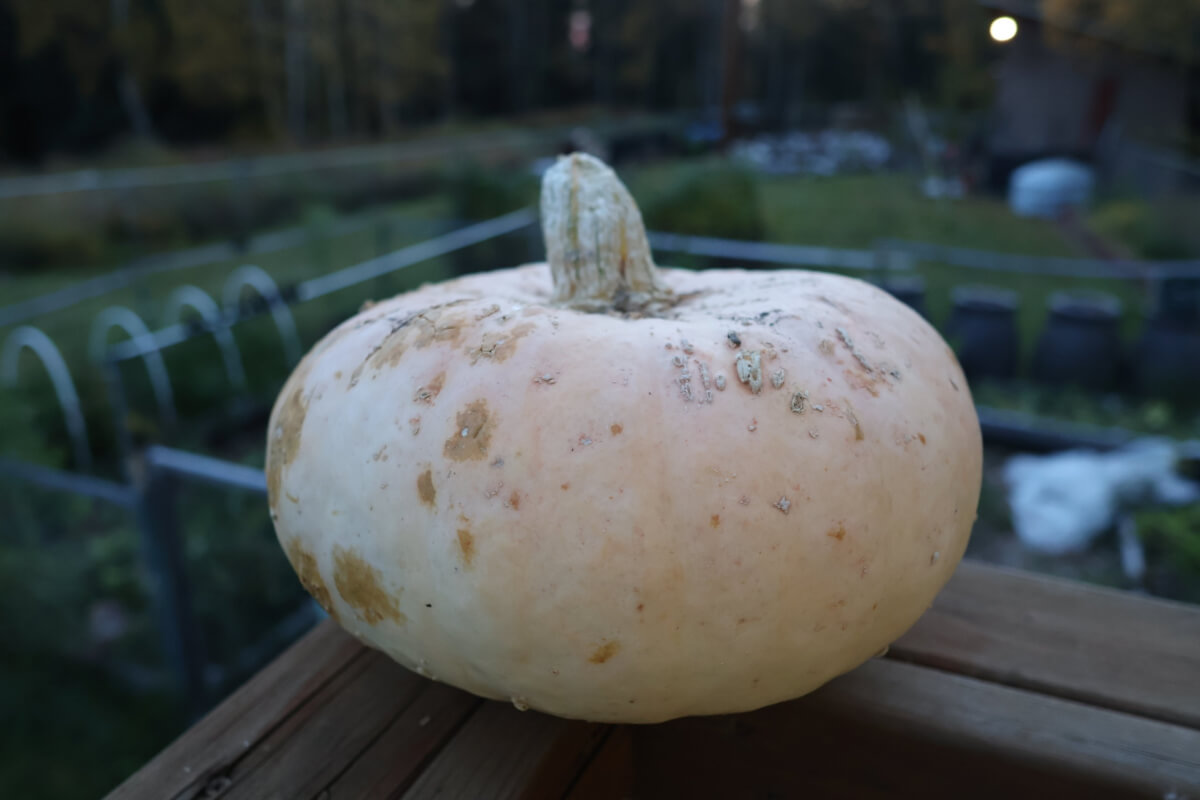We left you with a cliff hanger yesterday. So, if Moranga squash wasn’t our favorite pumpkin variety to grow…exactly what was the variety that did actually fill that spot?
Introducing our Galeux D’Eysine! Often declared as one of the “ugliest” pumpkins you could possibly grow, despite this, there are very good reasons this one is number one in our pumpkin line up. We’ve been taken by this pumpkin’s charming attributes and love that it throws those “perfect pumpkin” lovers for a loop.
This variety has been exceptionally productive for us when grown in the north. Often putting on three to four pumpkins per plant, all weighing in between 10 to 20 pounds, it’s an exceptional yielder for us. A French heirloom variety, the heavy wart-like “imperfections” found on this winter squash are definitely part of the charm for us. Easily producing within 80 to 100 days, and not shy of a cooler summer, this pumpkin variety is absolutely perfect for our growing environment.
You might find this squash less attractive than your average variety, but as far as taste goes? It’s unmatched. The sweet and sugary flesh makes some of the best pumpkin pies we’ve ever made, hands down. The culinary uses hardly stop there, though. You can use this squash in soups, sauces and even just straight up baked or roasted as a delicious side dish. Whether you aim for sweet or savory, this squash holds its own better than most other winter squash varieties we’ve ever grown.
This winter squash variety has been cultivated as far back as the mid 1800’s. It’s name in French roughly translates to “embroidered with scabs from Eysines.” If you didn’t know, Eysines is small French town, population of about 25,000. Interestingly, this variety didn’t hit the United States until the mid-90’s, when it was brought over all the way from France to compete in a US based squash festival. We’ve been growing it for at least fifteen years now and is one of those varieties that is perpetually in our seed bank.
We proudly grow this variety and it’s often used in our indoor decorative fall showcases that we put up for our celebration of our favorite season. From here, it commonly goes into pumpkin pies and squash soups, providing a massive input into our fall and winter caloric intake. It’s a signature squash that we truly love and will probably be part of our annual growing season into perpetuity!


